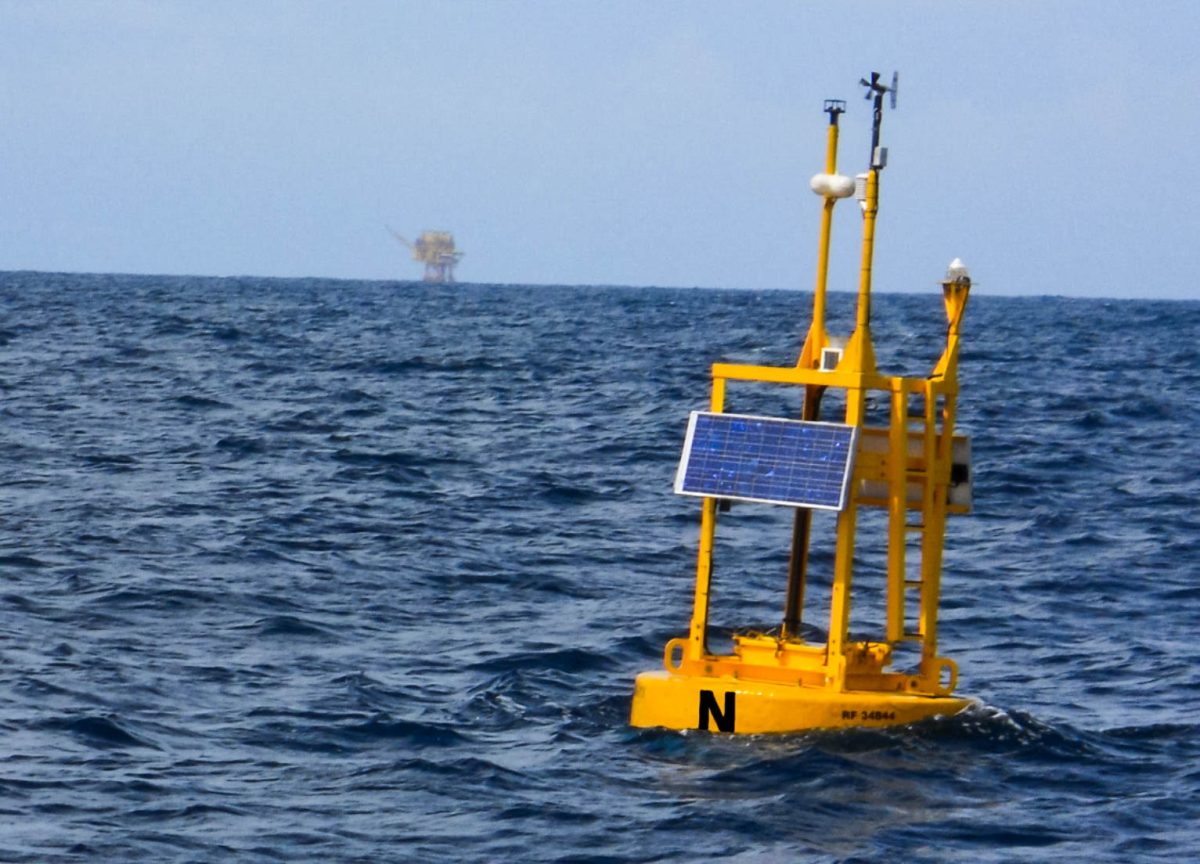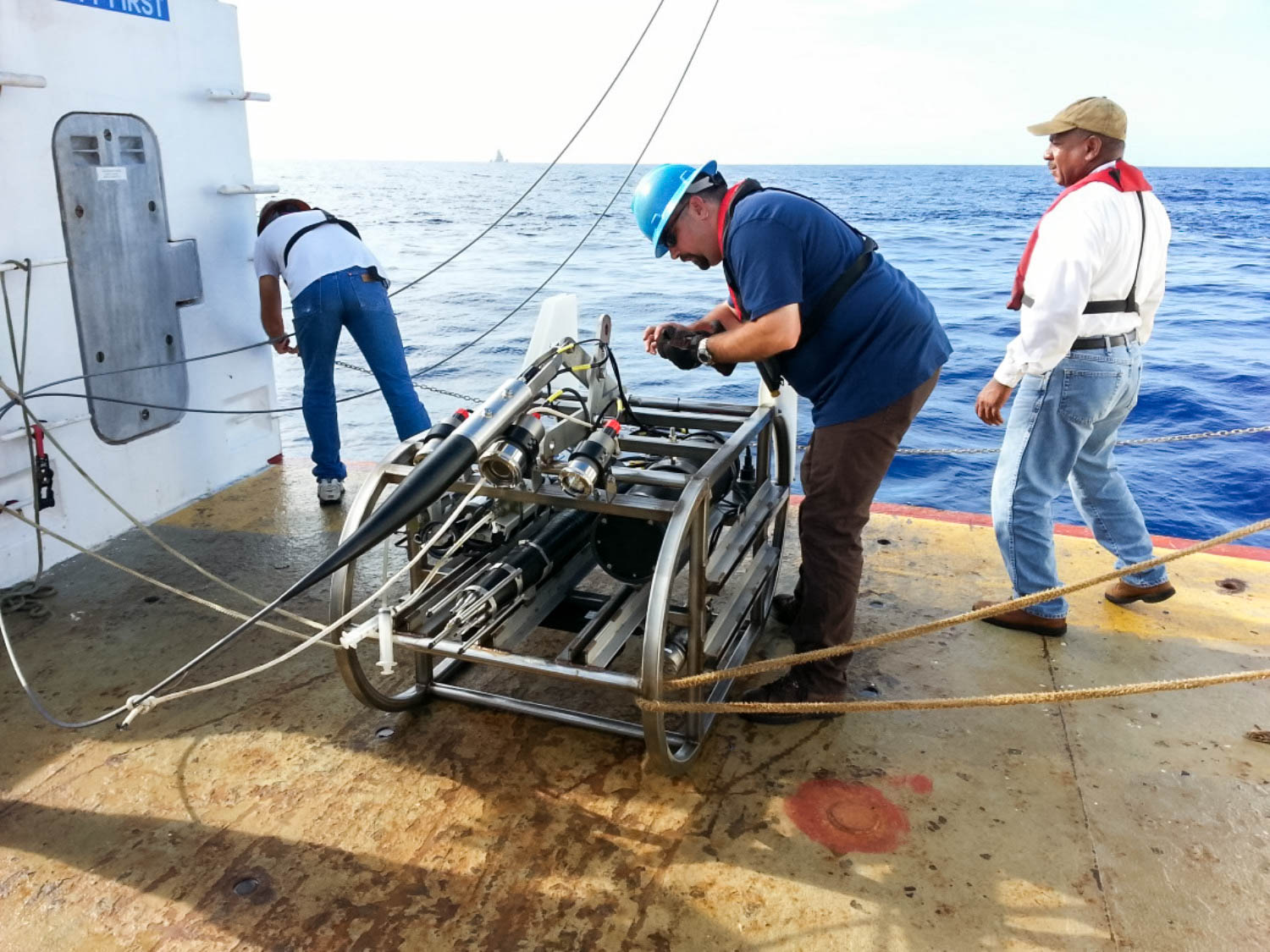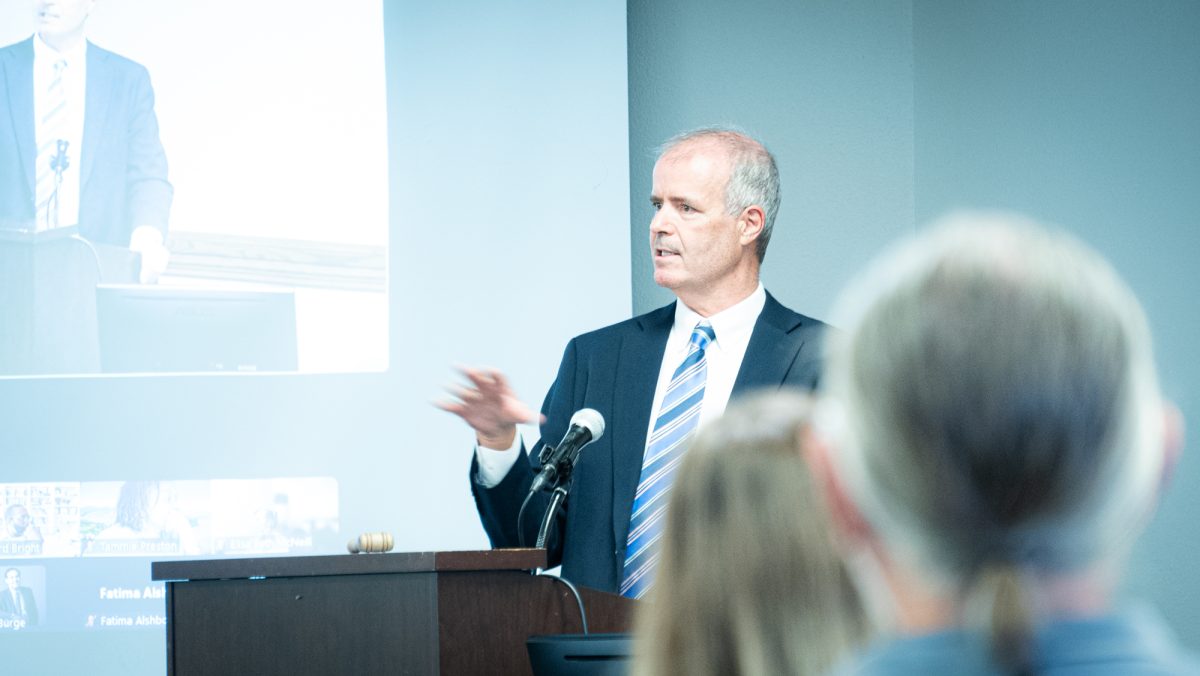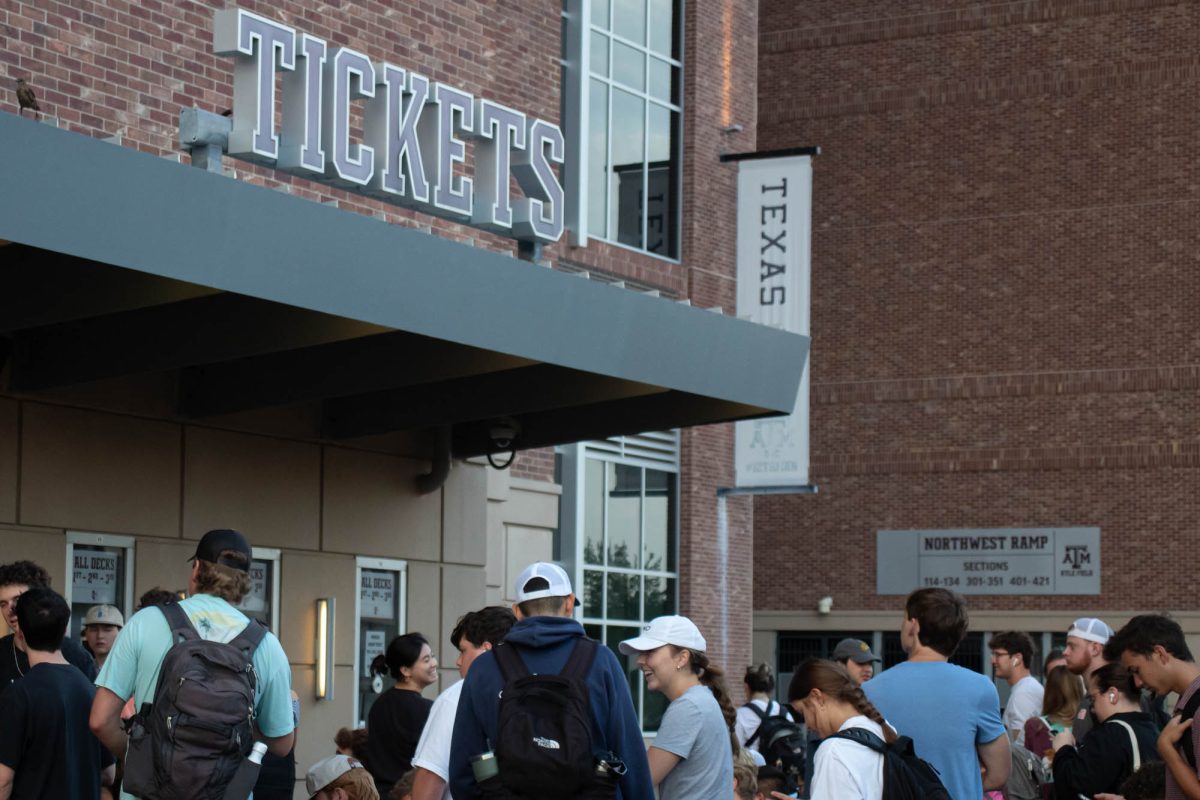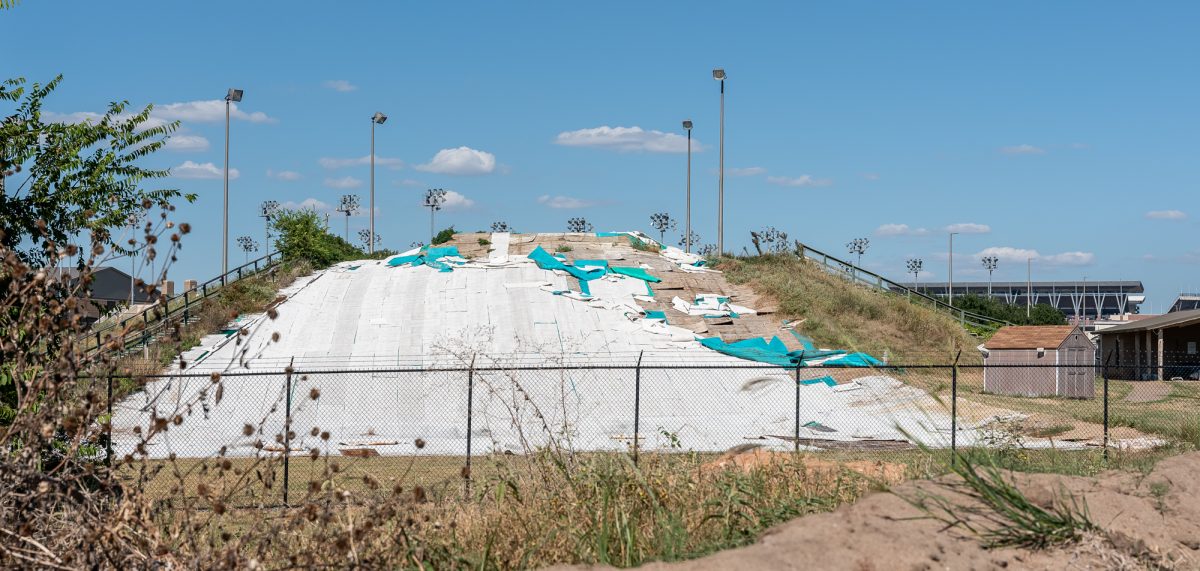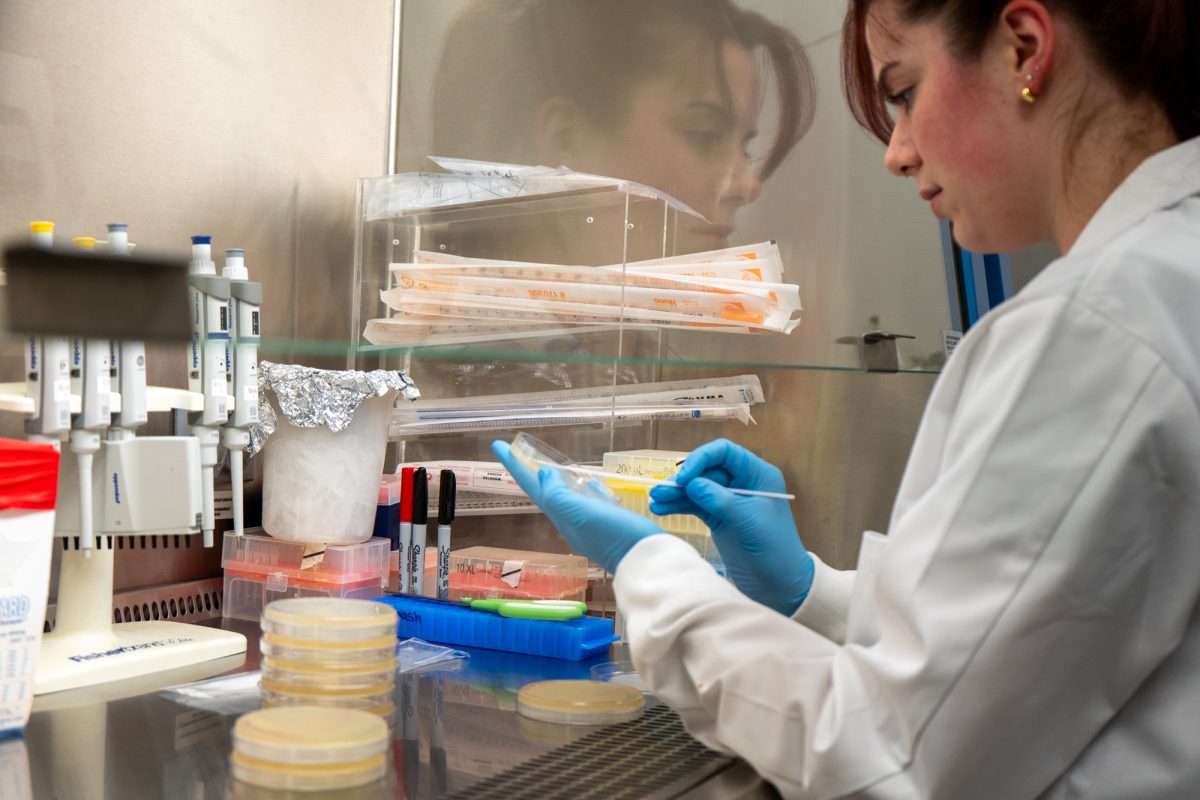The Texas A&M College of Geosciences is currently working with technology that is a combination of large buoys and radars that float in the Gulf of Mexico to help detect winds and tropical storms like Barry.
The buoys are funded through a Joint Industry Project and were put in due to concern of an offshore spill out of the Flower Garden Banks — a coral reef and National Marine Sanctuary 110 miles south of Galveston. Each buoy costs about a quarter of a million dollars to build, and require large ships to charter out and retrieve them. Ships collect data and clean off the barnacles that may accumulate at the bottom of the buoys. The radars are funded through A&M Chancellor John Sharp’s research initiative and costs about $1.8 million dollars to install.
A&M Geochemical and Environmental Research Group director Anthony Hayden Knap said both the buoys and radars are extremely helpful in detecting weather patterns off our coast.
“The buoys started being installed about 24 years ago and they’ve been operating since that time,” Knap said. “The radars were funded three-and-a-half years ago.”
The buoys and radars work to provide recent information on the Texas Automated Buoy System website.
“This data is public for people to be able to use,” Knap said. “One of the coolest things about the radars, when they’re all working together, is that if there was an incident such as a boat sinking, or going missing, you can track where the people in that boat could have gone. So, you could [also] do more accurate search and rescue of citizens.”
The technology can play a part in an everyday fisherman’s trip a few miles out into the coast or to help predict the severity of tropical depressions or hurricanes.
“Buoys give us specific points of current speed and direction, and the radars give a broader perspective, going out at least 120,000 miles down into the ocean and over the whole Texas coast,” Knap said. “They’re incredibly important for shipping, for oil spill movement and looking at where ocean currents can take things. They provide another form of protection for the Texas coast.”
The radars have two antennas each. One antenna transmits, while the other receives signals. The signal goes over the waves and gives a radial that then compiles to give us surface vectors of ocean current speed and direction in real time.
“Each radar can last 10 years, and costs $150,000 a year to operate,” Knap said. “This money comes from Gulf Coast Ocean Observing System.”
The JIP that funds the buoys recently disappeared, and there are currently two buoys out that need to be brought back for maintenance.
“We are trying to find funding for those buoys again, and it’s not cheap,” Knap said. “Between them [the radars and buoys], we probably have one of the most sophisticated ocean observing networks anywhere in the United States or in the world.”
Combatting hurricane season
July 23, 2019
Photo by Provided
The combination of buoys and radars that float throughout the Gulf of Mexico assist in detecting weather patterns and ocean currents.
0
Donate to The Battalion
Your donation will support the student journalists of Texas A&M University - College Station. Your contribution will allow us to purchase equipment and cover our annual website hosting costs.



